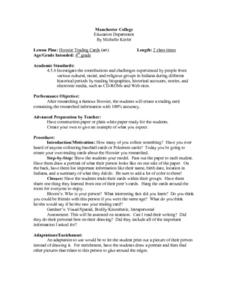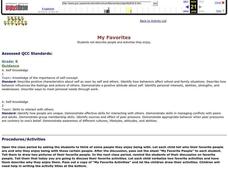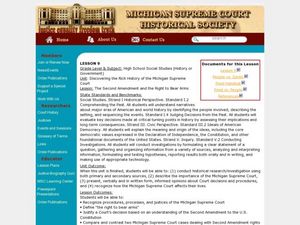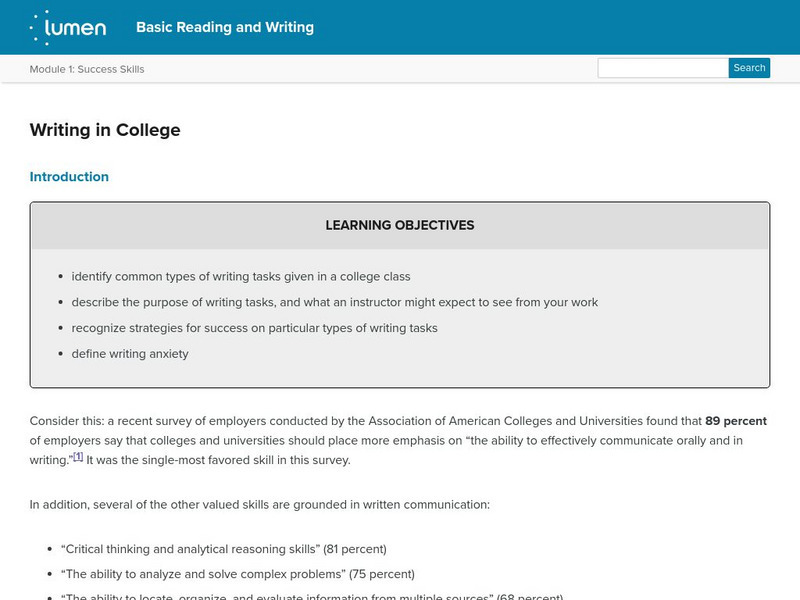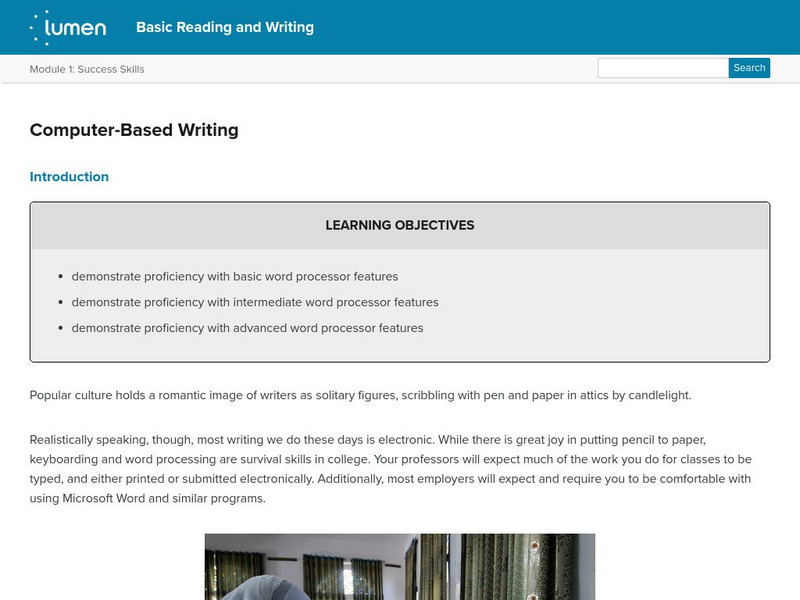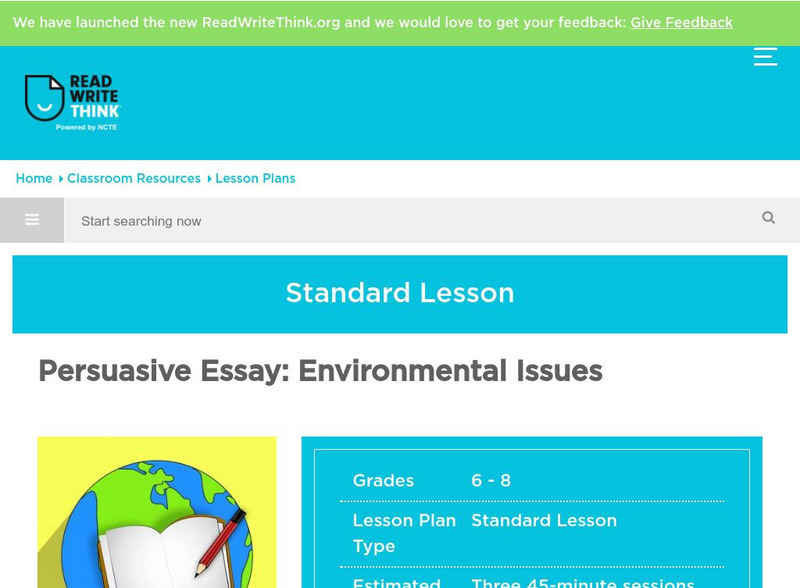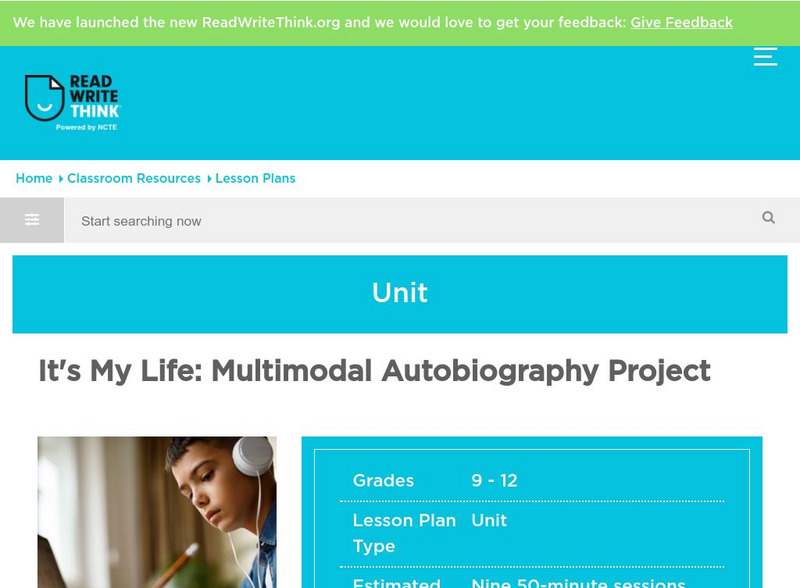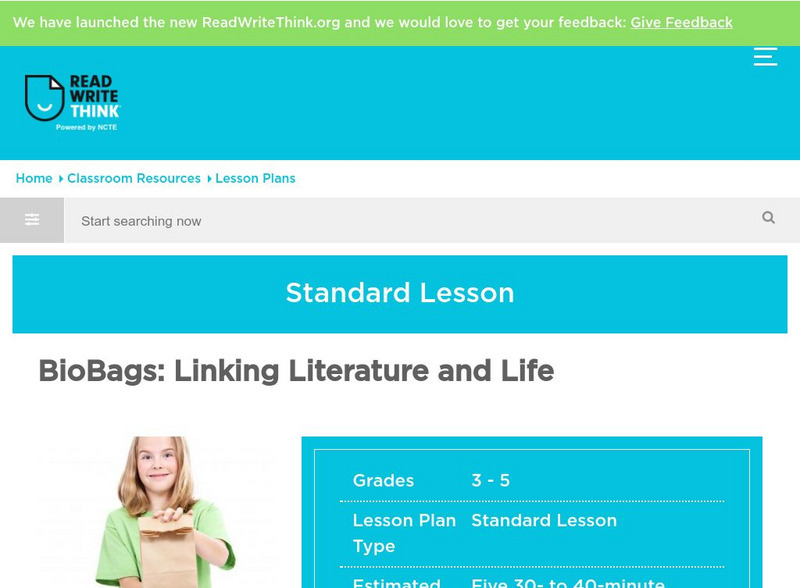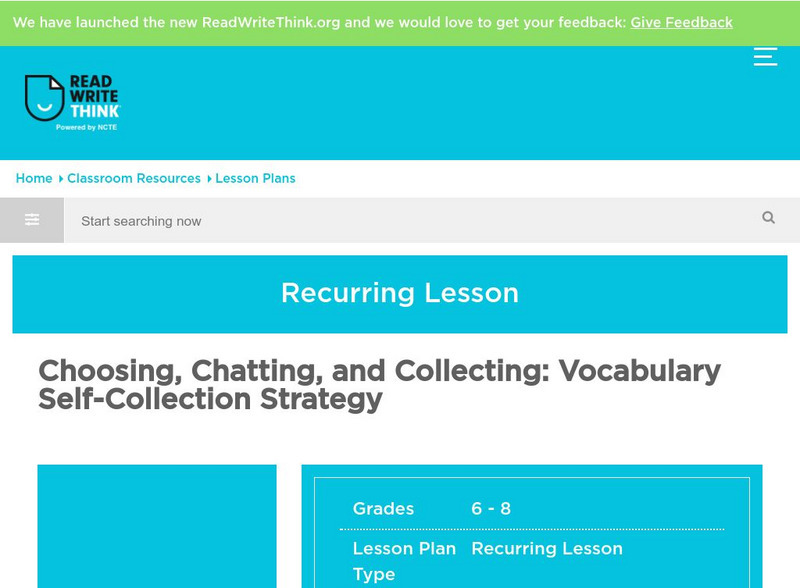Curated OER
Hoosier Trading Cards
Fourth graders create a trading card depicting information about a famous Indiana resident. Using traditional and internet research, they gather information about a famous Hoosier of their choice. Students use their information to...
Curated OER
Fraction Strips: Adding Fractions
Third graders problem solve using fraction strips. In this adding fractions lesson, 3rd graders create fraction strips to help identify fractional sizes (fourths, eighths, thirds) and to solve word problems.
Curated OER
Postcards from the Past
Young scholars create postcards from the past by summarizing a historical event. Then they design illustrations for their postcards and send them off to another teacher at their school.
Curated OER
Making Calls
Students discuss the importance of a telephone number and make a telephone book. In this telephone number lesson, students discuss their telephone number and its importance. Students list reasons to know their phone number and make a...
Curated OER
From Home To School
Students locate and use internet maps to trace a route from their home to school. They calculate the distance of the route using the map legend then determine the distance they travel to school and back in a regular school week and over...
Curated OER
Integrating Critical Thinking Skills Into the Classroom
Pupils receive an overview of critical thinking techniques. They break into small groups and practice reasoning through questions, identifying, presenting and justifying their answers.
Curated OER
Which Shall We Pick?
Middle schoolers compare and contrast the value of different organizations in their community. They listen to subjective and objective perspectives to make a decision. They use the decision-making process to decide which organization...
Curated OER
Aboriginal Physical Education
Students engage in p.e. activities that have roots in native Indian, Metis, and Inuit cultures. They practice the skill involved and listen to the significance behind the skill. They read relevant books and define new terminology.
Curated OER
Magic Ball
Using the magic ball, learners identify the different directions. They follow the movements of the teacher with the magic ball.
Curated OER
The Second Amendment and the Right to Bear Arms
Students examine procedures and processes of the Michigan Supreme Court. They explain the Second Amendment to others. They compare and contrast two cases dealing with the Second Amendment.
Lumen Learning
Lumen: Success Skills: Writing in College
Although this lesson focuses on college writing, it fits perfectly into the high school curriculum without being too difficult to understand. It provides types of essay writing assignments and how to handle each, strategies for writing...
Lumen Learning
Lumen: Success Skills: Computer Based Writing
This lesson focuses on using word processing programs to complete writing assignments. It uses Microsoft Word 2013 as a model for videos that show basic, intermediate, and advanced word processing skills. It also lists free alternatives...
ReadWriteThink
Read Write Think: Persuasive Essay: Environmental Issues
Contains plans for three lessons that teach students how to write persuasive essays about self-selected environmental issues. In addition to objectives and standards, this instructional plan contains links to sites used in the lessons as...
ReadWriteThink
Read Write Think: Creating Family Timelines Graphing Family Memories
Contains plans for five 50-minute lessons that ask learners to create time lines of their own family and life histories. In addition to objectives and standards, this instructional plan contains links to PDF handouts and sites used in...
ReadWriteThink
Read Write Think: It's My Life Multimodal Autobiography Project
Contains plans for nine lessons that ask learners to write autobiographies before creating multimedia presentations for them. In addition to objectives and standards, this instructional plan contains links to sites used in the lessons as...
ReadWriteThink
Read Write Think: Bio Bags Linking Literature and Life
Contains plans for five 30-40 minute lessons that ask students to create BioBags, a kind of literature autobiography. In addition to student objectives and standards, these instructional plans contains links to PDF handouts and links to...
ReadWriteThink
Read Write Think: Examining Plot Conflict Through a Comparison/contrast Essay
Contains plans for six lessons that ask students to examine types of conflict (character vs. character, character vs. self, character vs. nature, and character vs. society) before writing essays that compare and contrast two conflicts....
New Zealand Ministry of Education
Nz Ministry of Education: What's the Problem?
The aim of this unit is for students to develop their persuasive writing and information gathering skills using various forms of information and communication technology. It is hoped that the context of 'teenage problems' will provide an...
ReadWriteThink
Read Write Think: Vocabulary Self Collection Strategy
Contains plans for two lessons that ask young scholars to compose their own vocabulary lists by selecting words that are unfamiliar to them. In addition to objectives and standards, this instructional plan contains links to sites used in...
ReadWriteThink
Read Write Think: Creating Class Rules a Beginning to Creating Community
Contains plans for two lessons that teach about proper classroom behavior and creating community by discussing why they are in school and what they need in order to accomplish their goals while there. In addition to objectives and...
Lumen Learning
Lumen: Critical Reading: Identifying Thesis Statements
This instructional activity focuses on identifying thesis statements including explicit and implicit thesis statements, "How to Identify the Thesis Statement" (video), topic sentences, paragraph parts graphic, and a self-check activity.
Science Education Resource Center at Carleton College
Serc: Reading Reflections
An exercise consisting of three reflective questions that students respond to after completing an assigned reading in any curriculum area. The task promotes skills in critical thinking and self-assessment.
